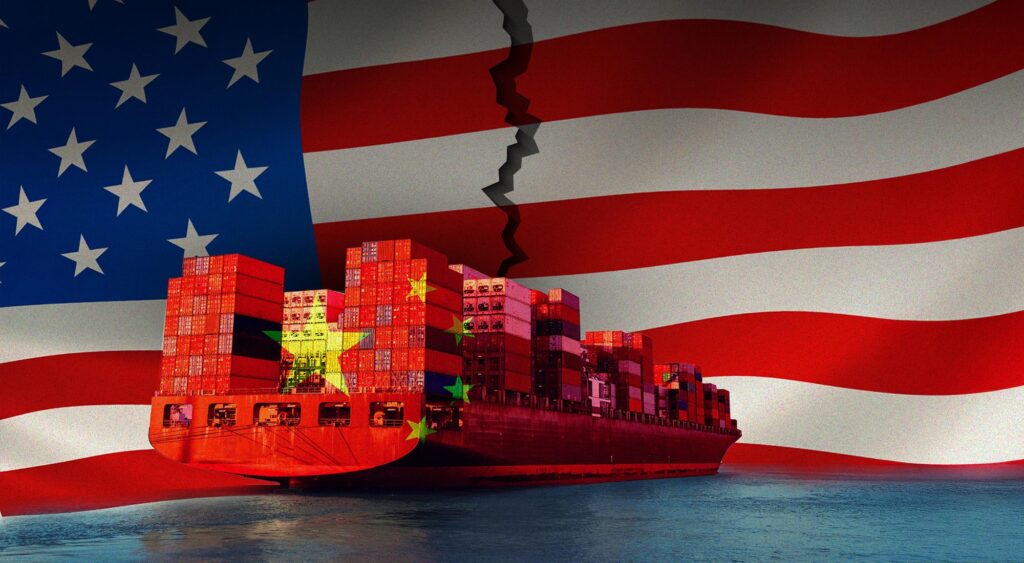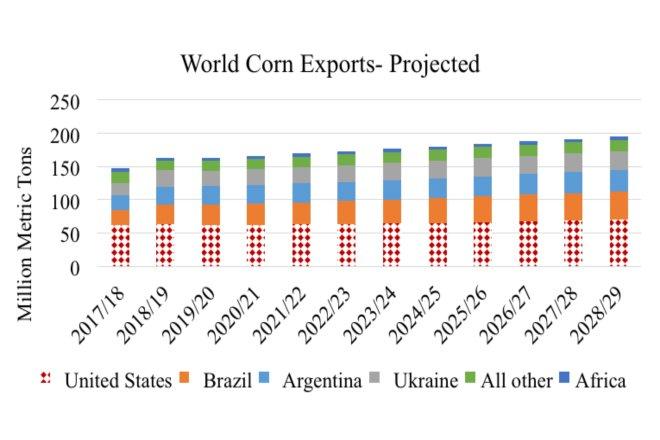For soybean growers across North Dakota, the last several years have played out like a long winter thaw interrupted by the occasional cold snap. One moment, export optimism surges; the next, trade scrambles reset strategy. The market has never been a straight path—it’s more like the winding Red River, full of old oxbows and new sandbars.
North Dakota achieved a high-water mark in 2024, harvesting around 6.6 million acres of soybeans—a number besting previous seasons by roughly 7%. The yield clocked in at about 38 bushels per acre statewide—2.5 bushels more than past records suggest. But just as enthusiasm built momentum in coffee shops and machine sheds from Fargo to Williston, dark clouds loomed concerning international buyers.
China remains an outsized presence in this drama. For decades its appetite propelled U.S. soybean exports; when tariffs popped up amid trade friction several years ago, farmers here felt whiplash not entirely forgotten today. While some conversations dip toward cautious hope that tensions might ease—and purchase agreements could grow less tangled—the prospect for fresh disruptions is never quite offstage.
For an oat farmer keeping half an eye on global shipping reports (the way one might glance at stock tickers during lunch), these persistent tariff tremors can make cash flow projections resemble carnival mirrors: stretched one quarter, shrunk another. Export markets still demand big volumes of North Dakota beans through Pacific Northwest terminals, but with relationships between Washington D.C., Beijing (and lately Brazil) shifting unpredictably—not all risk is quantifiable on spreadsheets or crop insurance documents.
Adding to this uncertainty was surprising news that local infrastructure now processes nearly half of all soy produced within state borders—up from only 6% before 2023. That transition didn’t happen quietly: new crush plants rolled into towns with rumbling convoys of delivery trucks and rising towers changing prairie skylines overnight.
Local processing redrew portions of the profit map for many operations near Jamestown or Casselton who once shipped unrefined beans down river barges or rail lines heading westward and overseas. Meal finds its way into regional livestock rations; oil heads toward biodiesel ventures as energy volatility spikes national headlines on occasion.
But geography still holds sway over destiny—western producers sometimes strain to reach those expanding crushers affordably enough to reap meaningful benefit. So while state-wide statistics glow brighter than old tractor headlights at dusk, individual farm outlooks tend muddier after accounting for freight spreads and field-by-field nematode patches left unchecked last year’s fallow rotation.
Production practices reflect this patchwork reality too: the ND Soybean Council talks up new cyst nematode surveys alongside testing efforts targeting herbicide-resistant weeds—a reminder both science projects win grants yet also grow roots slowly where management decisions aren’t always split clean along county boundaries.
The temptation among ag commentators is forcing every trend line into cause-and-effect logic circles—a sure sign they’ve missed their calling writing detective novels instead. Yet morsels worth chewing do stand out:
– Planted acreage ebbed slightly for ‘25 (down about 400k acres from last year);
– Processed volume inside state lines exploded thanks to capital spending nobody predicted would scale so quickly pre-pandemic;
– Exporters lean hard on West Coast ports even if filling containers grows trickier when tariffs swing;
– Livestock sectors inside state borders chew through ever-growing tons of meal byproducts formerly skipped straight overseas.
Sometimes fortunes hinge less on grand design than oddball contingencies—a snowy April delaying planting windows can matter more today than a macroeconomic forecast twelve pages deep arriving by email after supper’s done.
True resiliency takes root between disparate trends rather than isolated facts strung like pearls without knots between them: Field-level pest control innovations overlap with policy advocacy campaigns launched quietly from Bismarck offices; whispers about Brazilian harvests echo over border radio ads touting seed treatments that claim another five-bushel edge per acre if spring weather leans gentle enough.
Talk halls are filled with stories equal parts wisdom and wild guesswork (“Heard tell prices jumped overnight three cents but only because a barge got stuck outside Portland”), reminding growers there are still plenty black swans splashing around these prairie ponds no matter how advanced your auto-steer technology gets.
What shoulders most weight? Not always policy directives but local practice adjusting faster than spring thunderheads move over wheat stubble fields—it’s less choreography than good improvisation staged under variable skies stretched across thousands of square miles.
While foreign officials spar politely behind mahogany tables half a world away—and regional plants process grain at breakneck speed nobody foresaw—it falls back upon adaptive planning tucked deep within each operation’s calendar scribbled margins.
If Shakespeare wrote market outlook memos he might borrow from Hamlet’s melancholy or Macbeth’s grim resolve—but here it’s just neighbors swapping notes before sunrise chores restart yet again without waiting for permission slips signed abroad or inside marble halls downstate.









